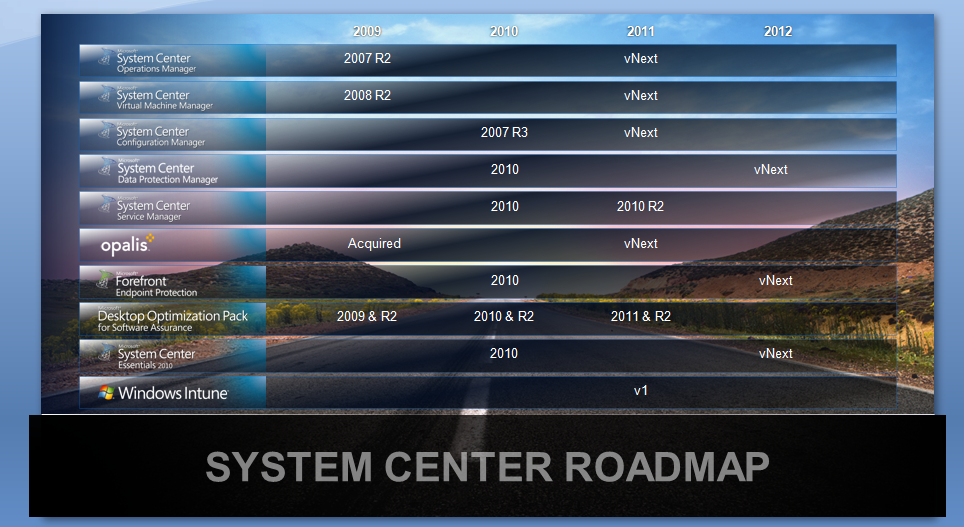Microsoft says server application virtualization coming in second half of 2011

Microsoft officials have been talking up the potential of server application-virtualization since at least 2008. At TechEd this week, the promises got a delivery vehicle and a target: System Center Virtual Machine Manager v.Next, due in the second half of 2011.
(click on image above to enlarge)
Server app virtualization would give Microsoft customers a potentially powerful tool for moving legacy applications into the cloud. Server application virtualization would be like Microsoft's existing client-side App-V product; it would allow customers to package applications into virtual containers, each of which would be storable and maintainable as a self-contained stateless environment.
Server application virtualization got its time in the limelight during Server and Tools Business President Bob Muglia's keynote at TechEd in New Orleans this week.
Muglia told TechEd attendees that cloud computing -- whether it's public (shared) or private (dedicated) -- is simply "just-in-time provisioning and scaling of services on shared hardware." Microsoft's goal is to have one common identity model, one application model and one management model that spans the public and private space.
Muglia wanted to impart to the 11,000 or so TechEd attendees, which include both developers and IT pros, that it's time to get serious about the cloud. It's not some far-off promise; it's already something with which to be reckoned.
The demo of the next version of the System Center Virtual Machine Manager highlighted the benefits of state separation, allowing users to deploy applications separately from the operating system, Muglia said.
"Today, people deploy virtualized images, where the operating system and applications are one. That means you could have to maintain hundreds or thousands of these images," he said. With server app-v, you can service the operating system and the applications independently. When you think of the cloud, that separation of images becomes even more important." For one, it prevents admins from having to patch every individual server; there will be fewer images that need updating, Muglia added.
There's a reason the Windows Azure team was moved to become part of Microsoft's Server and Tools Business at the end of 2009, Muglia added.
"We're building more of a cohesive platform. All of these (on-premises and off-premises) things need to connect in a cohesive way.
That's not the only recent organizational tweak that's affected the Server and Tools unit. A couple of weeks ago, Microsoft also changed the structure of the Identity team, moving the Forefront Endpoint Security client product to the System Center team. Previously, Microsoft was attempting to build a unified Forefront enterprise security suite anchored by a common console (a project codenamed "Stirling"). But "we've really moved away from Stirling," based on tester feedback, Muglia said. Customers didn't want to have yet one more new thing to learn and manage, he said.
